“This lady has been around for eight centuries, so at the end of all this time, she has the right to have a problem. And our intervention was to start correcting them», explained Natércia Magalhães, superior technician of the Regional Directorate of Culture of the Algarve, to the Minister of Culture, who today visited the completed restoration works of the albarra tower of the Castle of Paderne ( Albufeira).
The intervention, which had the "fundamental" support of the Millennium BCP Foundation, even cost less than the budgeted 132 euros, since, in the works, as Natércia Magalhães also explained, it was decided to maintain the current crowning of the tower, which she avoided make the last wall.
The intervention ended up, even so, taking longer than expected, because it was carried out «using the historical building process that the Almohads used», eight centuries ago, in the construction of this castle of solid military rammed earth.
This is just the first and less expensive phase of the Conservation and Restoration works of the Taipa Almóada Modules in Paderne Castle, programmed by the Regional Directorate of Culture for this monument classified as a Building of Public Interest.
The second phase of the intervention, which will cost around 460 euros, refers to the conservation and restoration of the eastern wall, next to the Albarrã tower.
The regional director of Culture revealed, in statements to the Sul Informação, that this second phase of the work, supported by community funds, through the FEDER, and by the Municipality of Albufeira, should start «in the beginning of next year of 2019». Once the application has been approved, the public tender process will now proceed to «choose the company that will be able to do the work, which is very specialized».
The regional director took advantage of the visit of the Minister of Culture Luís Filipe Castro Mendes to the monument to highlight the “emotion” of “feeling that the tutelage is close and wanted to come to the field to see our work”.
He also praised the work of the Council of Albufeira, which has been «tireless», as well as the support of the Millenium BCP Foundation, whose funding for these works turned out to be «the first case of patronage we had in the Regional Directorate of Culture of the Algarve».
Minister Castro Mendes, for his part, said that his visit was precisely intended to "show the support and underline the cultural interest that this project has, in valuing our historical heritage."
"There are many beaches, what doesn't exist in other places is our heritage, our culture!", added the official, stressing that "sun and beach tourism in Portugal will not grow much more, because the that level, the competition will be tougher and tougher. We must also turn to heritage, as cultural tourism is on the rise».
Ambassador António Monteiro, president of the Millennium BCP Foundation, stressed that, for this entity, “it is a pleasure to collaborate in the restoration of this important monument”. In terms of the built heritage, this is the foundation's only initiative in the Algarve, but its president said he was «open to other initiatives that may be. We are always receiving proposals, but they have to be evaluated».
The Minister of Culture would also underline that «the Foundation has been decisive in this work at the Castle of Paderne».
José Carlos Rolo, mayor of Albufeira, who, with the Millenium BCP Foundation, guaranteed a part of the necessary national contribution for the work of the Albarrã tower, underlined the commitment of his municipality to «cherish everything that is done in favor of development from all the tourist attractions in the county, namely inland, such as the Castle of Paderne».
The conservation and restoration work on the albarrã tower (a tower outside the castle, connected to it by a walkway) was carried out by a specialized company, with the permanent supervision of Natércia Magalhães, on the side of the Regional Directorate of Culture, as well as the coordination of the architect Manuel López Vicente, one of the world's leading specialists in the conservation of military rammed earth.
Enthusiastically, that technician explained to the minister and the rest of the delegation what had been done: "first, we had to clear all the land, remove everything that was crumbling, so we had to sacrifice some pieces of the original mud."
But those pieces which, "located on the skin of the monument", were "in good condition" were left. And that's why, on one of the tower's facades, you see a kind of window enter the recent mud, where lurking one of those pieces of the wall of the much older wall.
As for the drainage, the initial project called for it to be done through the interior of the massive tower, but it was found, in the works, that this interior “is rock”. “It was decided that we would not be opening the rock, it would be too intrusive. We went to look for the original gargoyles and it was this drainage that was recovered”, he added.
In order to arrive at the ideal mixture of earth and lime to be used in the restoration of the tower, it was necessary to “make a lot of tests”. Part of these tests are now visible at the foot of the tower, on blocks that are on the ground.
“Almohad military rammed earth has a chemical recipe that has to be tested, so that it can last a few more centuries,” added Alexandra Gonçalves. And these tests, as well as the rain that fell during most of the construction time – and rain is a natural enemy of these constructions on land – ended up delaying the intervention by a few months.
For now, the new pieces of rammed earth are a very slightly different color from the rest, which is more than eight centuries old. However, guaranteed Natércia Magalhães, "there will now be the drying and carbonation of the lime inside this compacted earth", so that, soon, "the color will be the same".
During the work, an olive tree that had grown against the tower was also pruned. “When it was built, the castle had no trees around it, it was not camouflaged, so that it could be seen around and for it to be seen. The tower was uncovered, so that no enemy would dare to come here».
«On our part, there is a great concern to maintain the historic hill», framed Natércia Magalhães, on the work that has been carried out over the last two decades in the Castle of Paderne.
In the future, after the completion of the second phase of the work, which involves the restoration of the adjoining wall, access for visitors to the top of the tower may be guaranteed, perhaps creating a walkway. But that, for now, is just an intention, as highlighted by the technician of the Regional Directorate of Culture.
What should advance soon, as announced by Mayor José Carlos Rolo, is the arrangement of the path that goes up the hill where the monument stands and which, currently, is dirt, with dirt, dust and mud. “But it cannot be tarred!” warned Alexandra Gonçalves, regional director of Culture. "Rest, we will take care of this", guaranteed the mayor.
As it is expected that, after completing all these interventions, the Castle of Paderne will be open every day, as is normal for monuments, instead of opening a single day a week, on Wednesday, guaranteed by a employee of the Council of Albufeira.
The monument, stressed José Carlos Rolo, «is not yet the responsibility of the Municipal Council», but that is where the municipality wants to move forward, perhaps reproducing the protocol that exists, for example, between the Regional Directorate of Culture and the Municipality of Portimão to the management of the Megalithic Monuments of Alcalar. but that are beads from another rosary.
Photos: Elisabete Rodrigues | Sul Informação
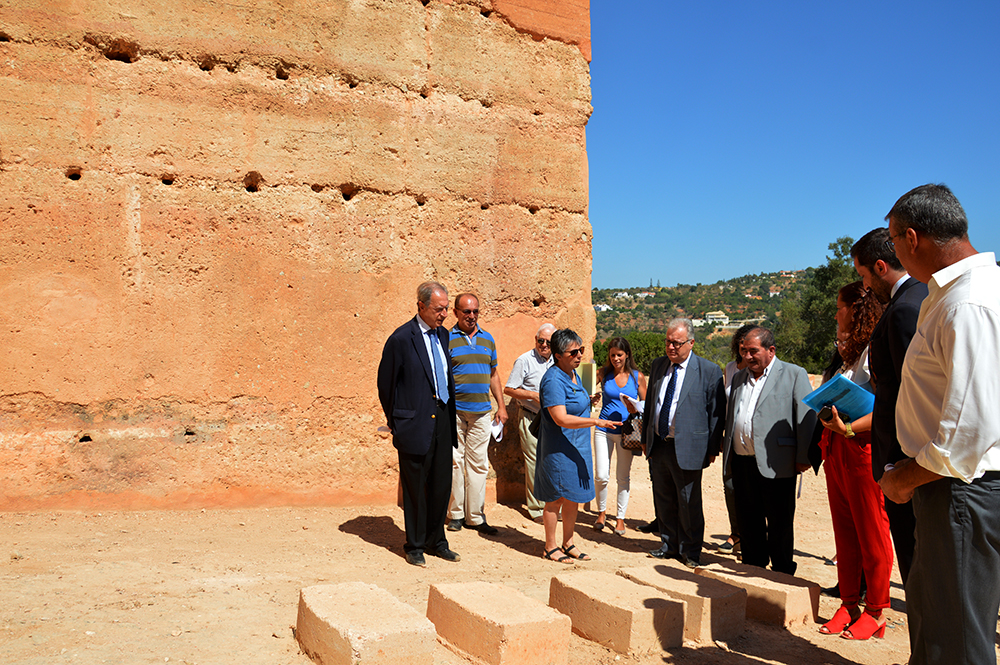
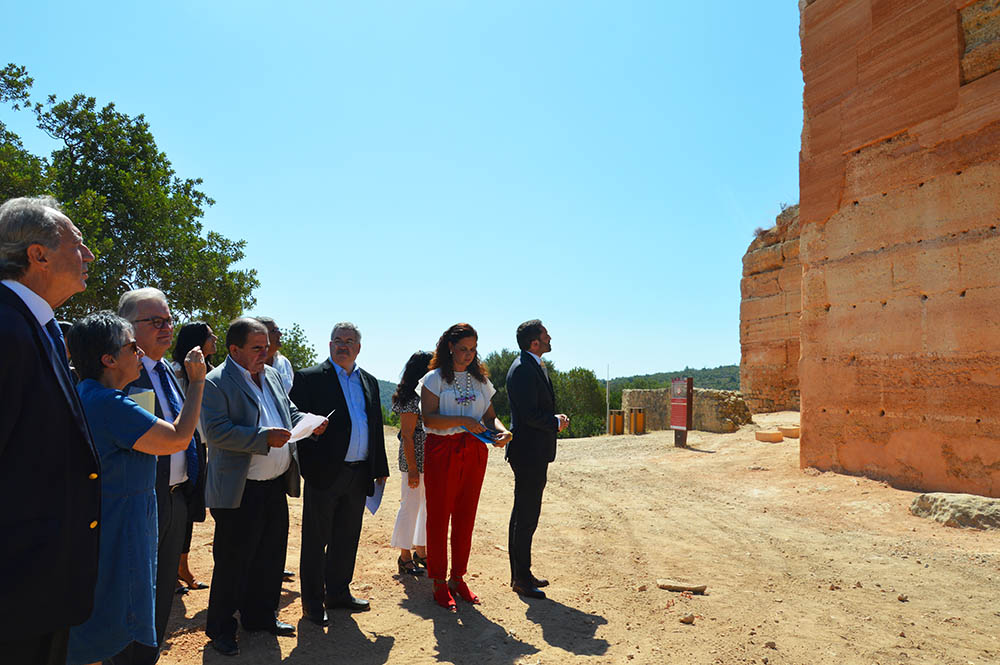
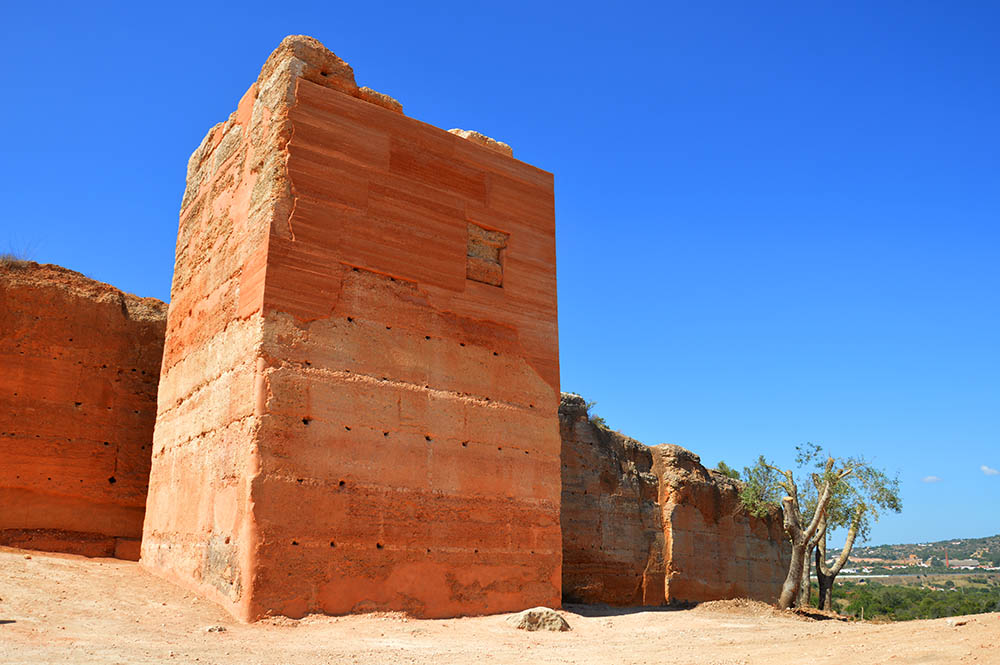
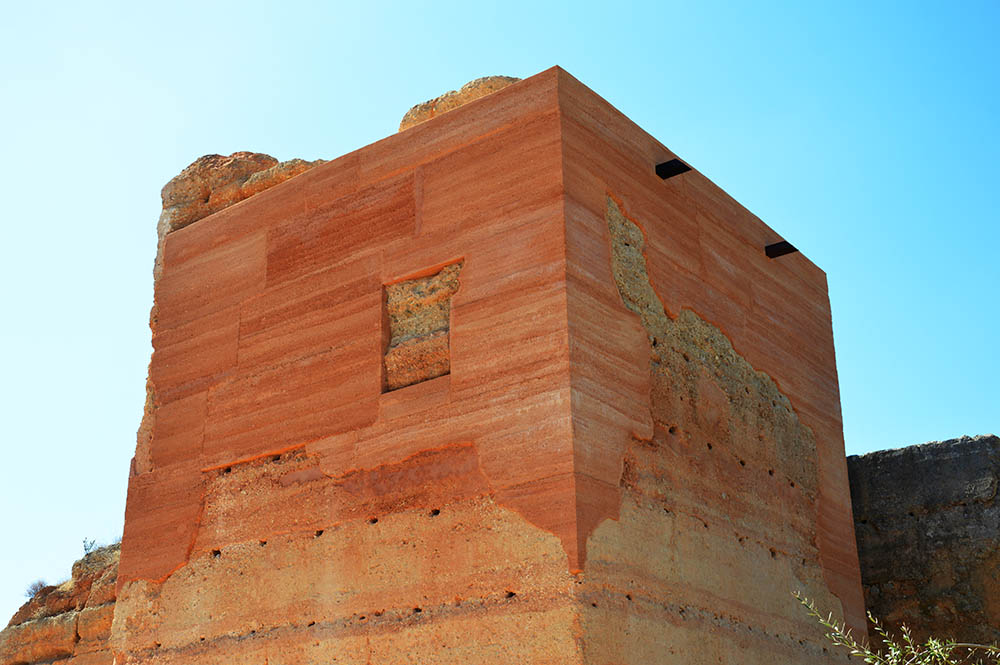
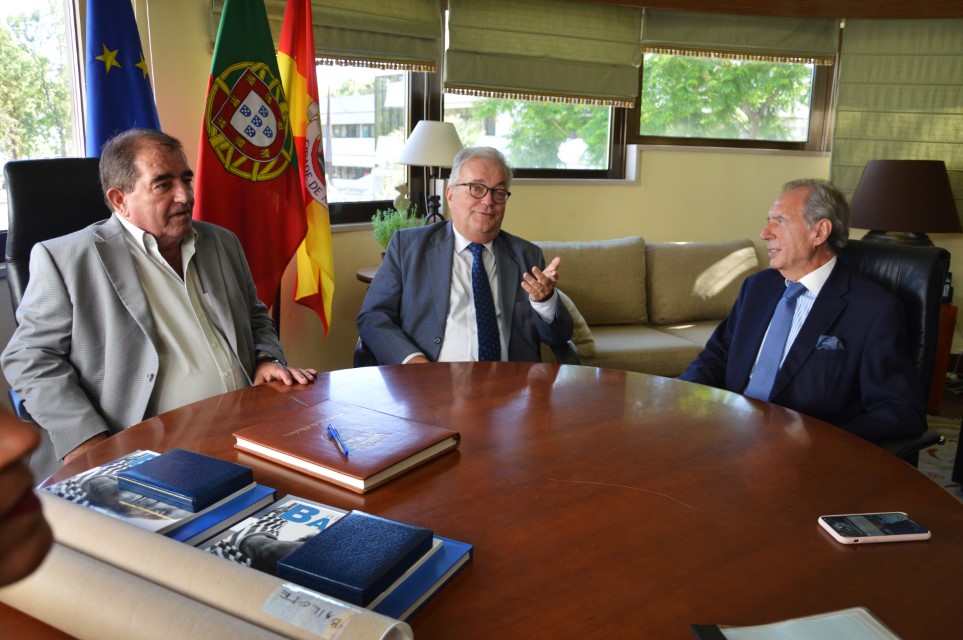
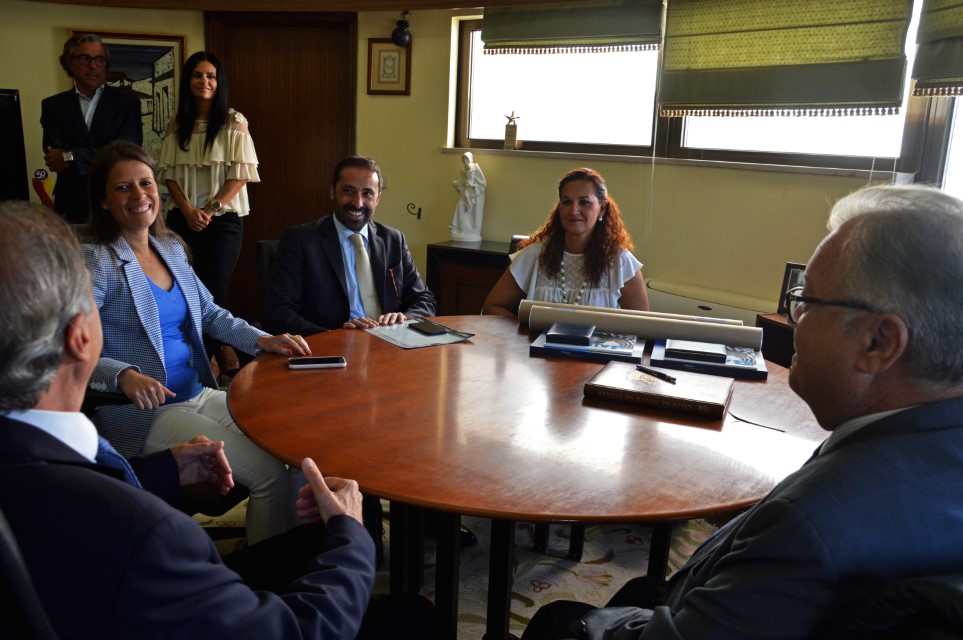
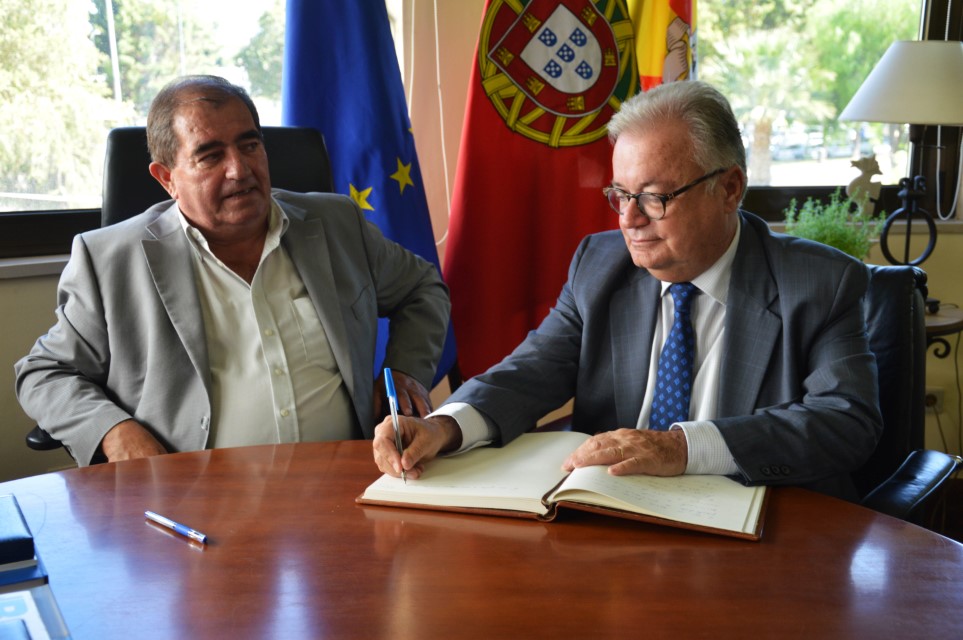
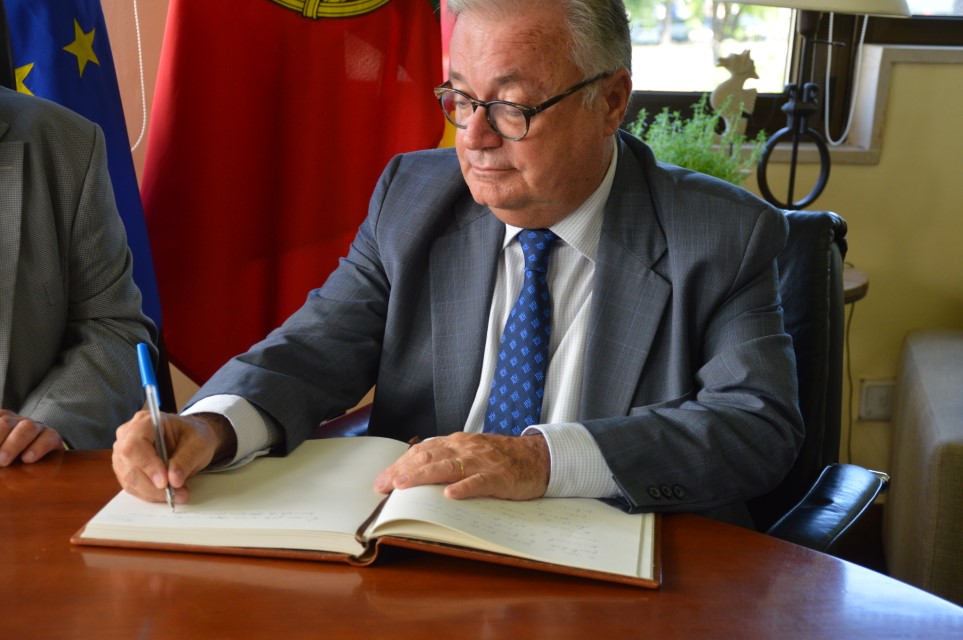
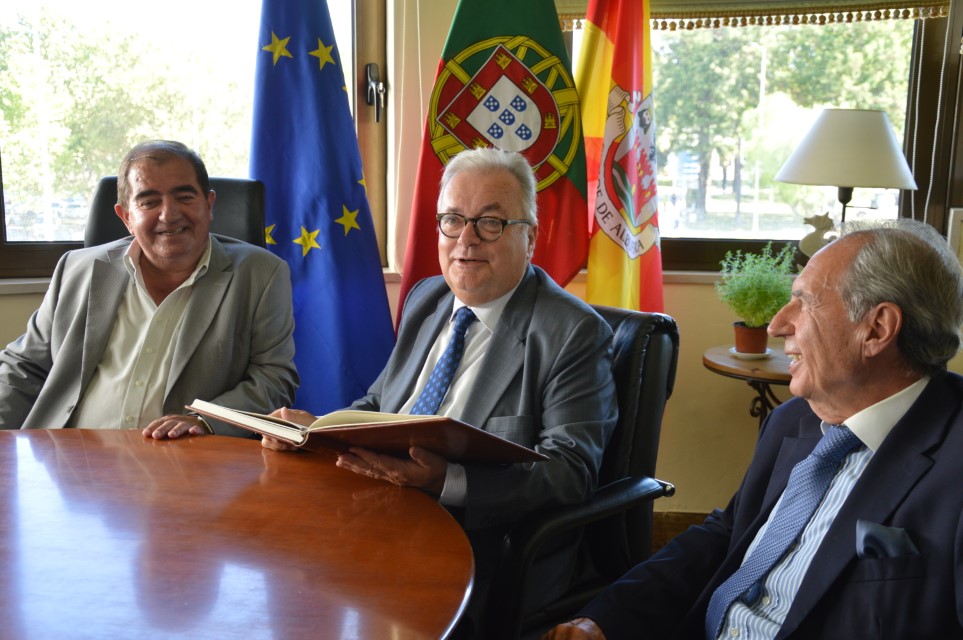

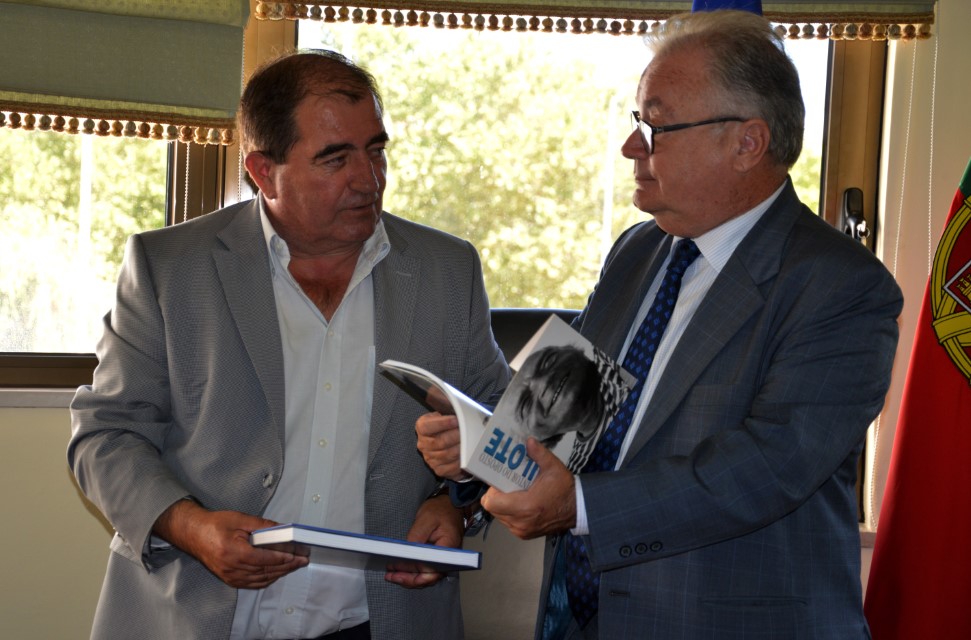
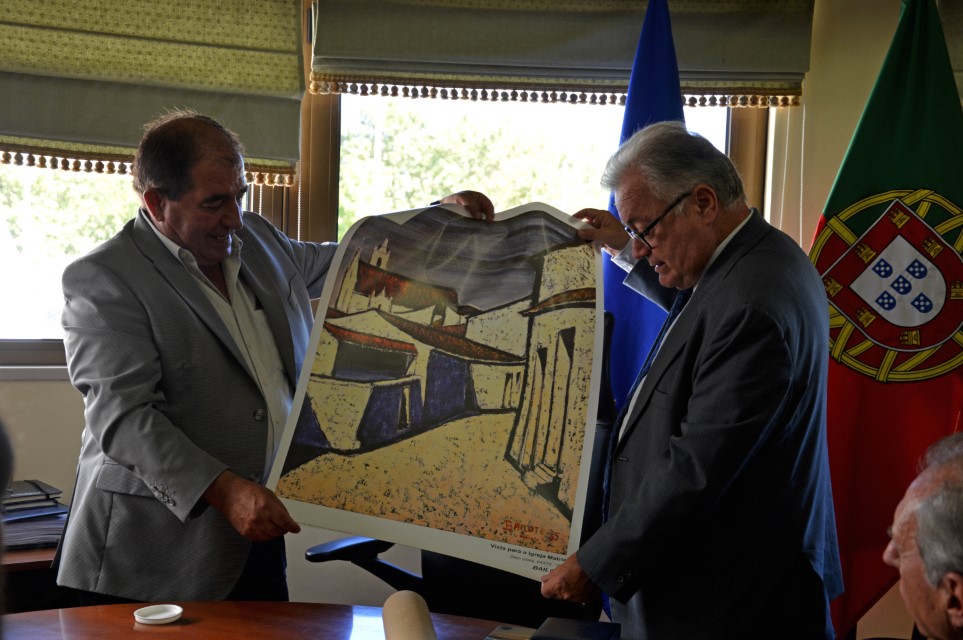
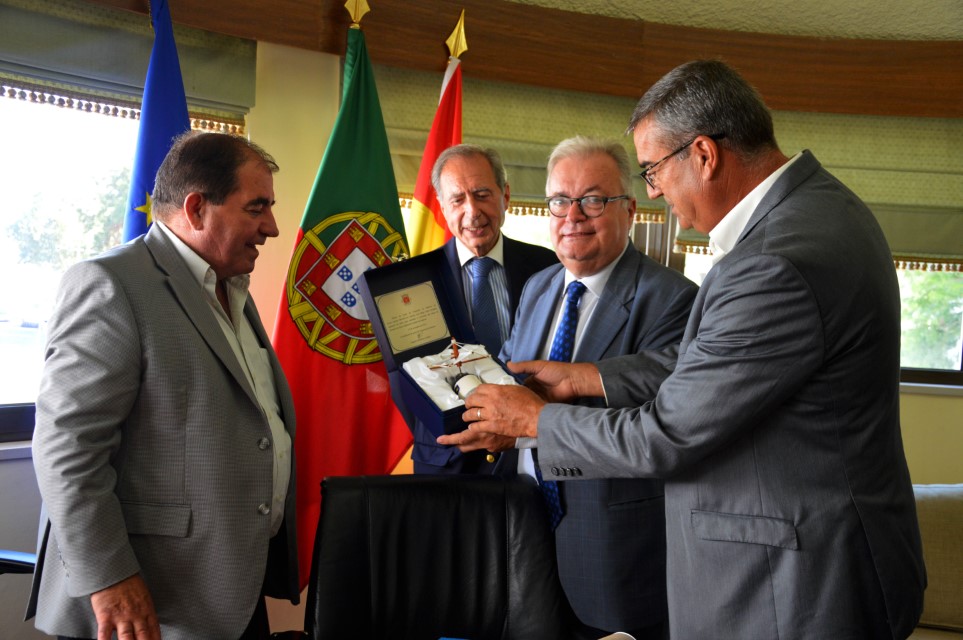
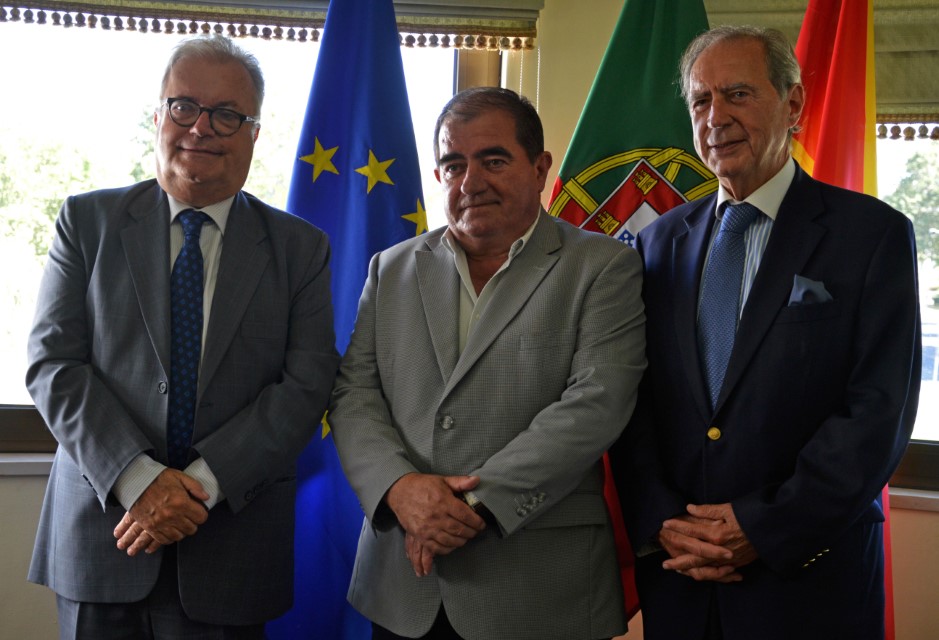
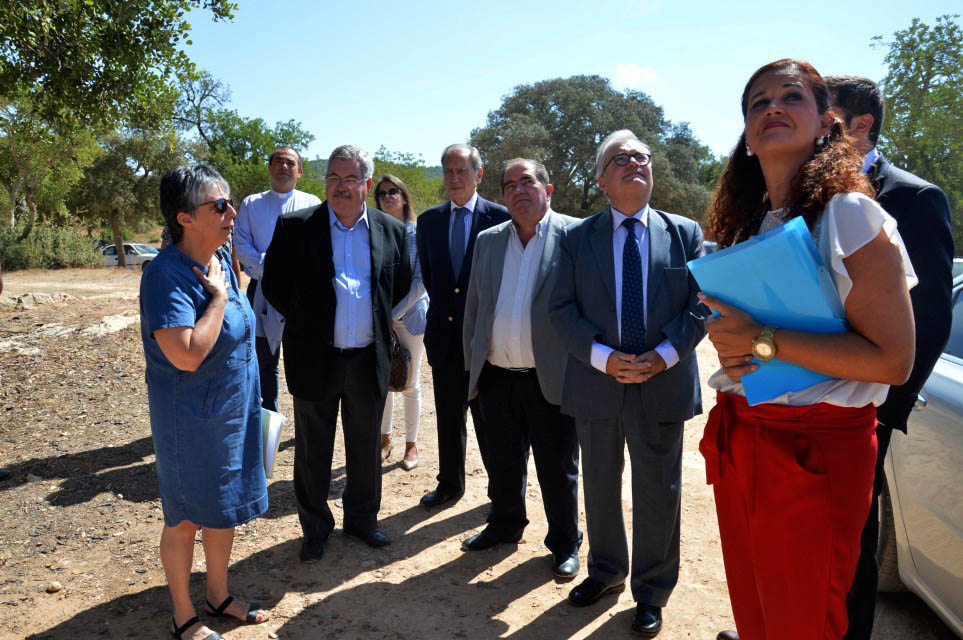
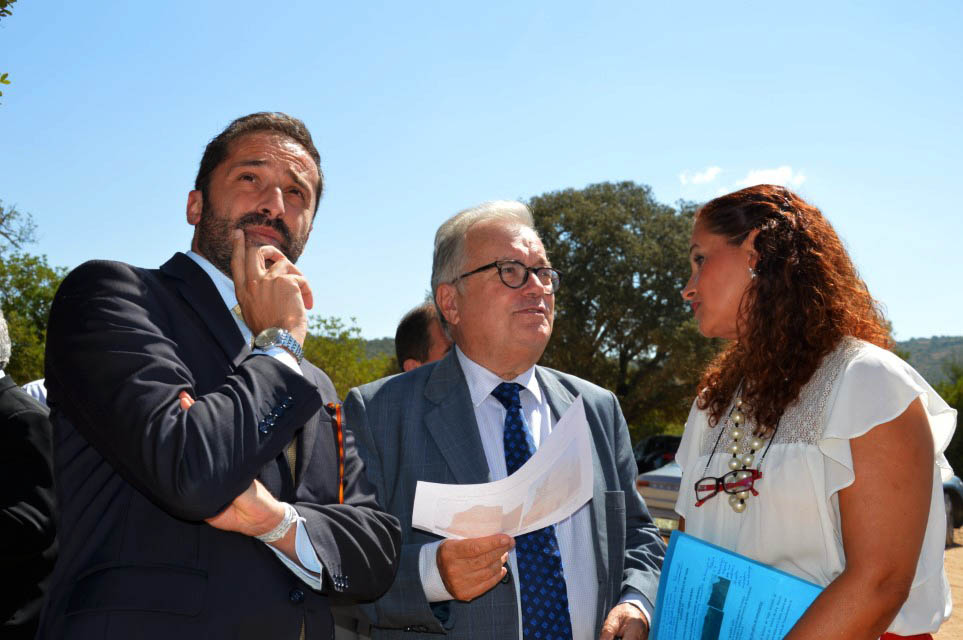
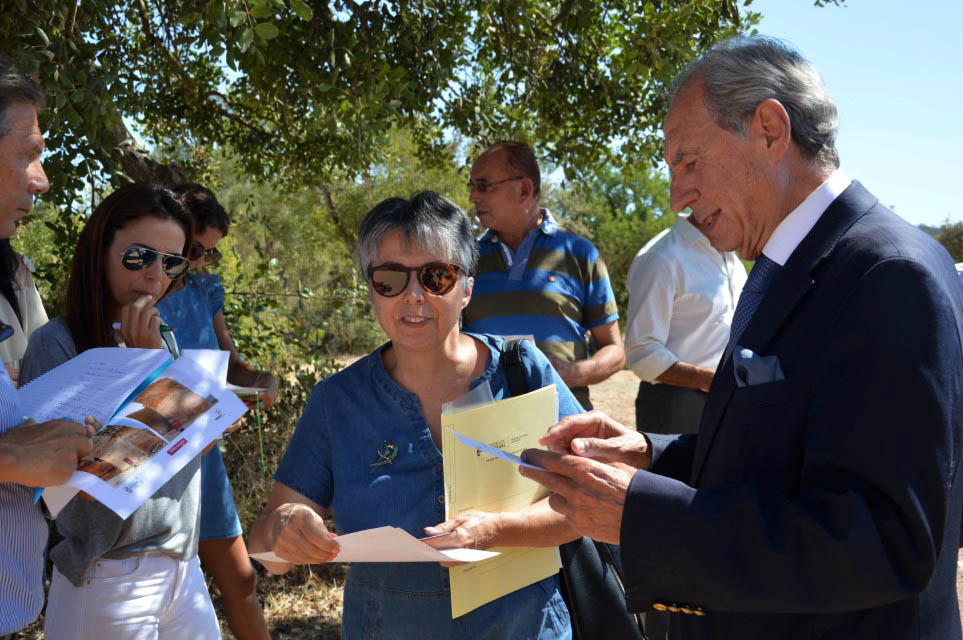
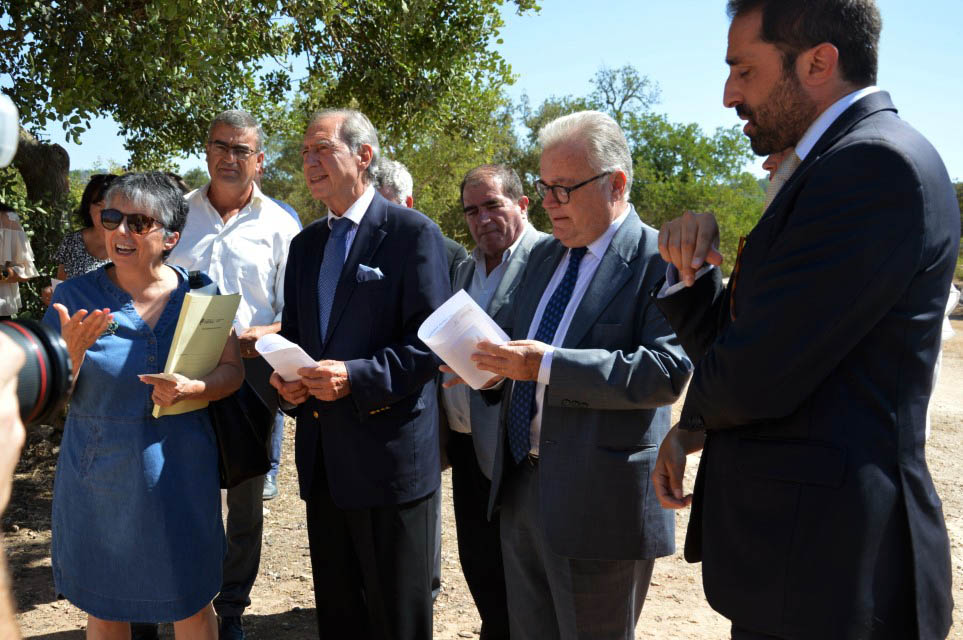
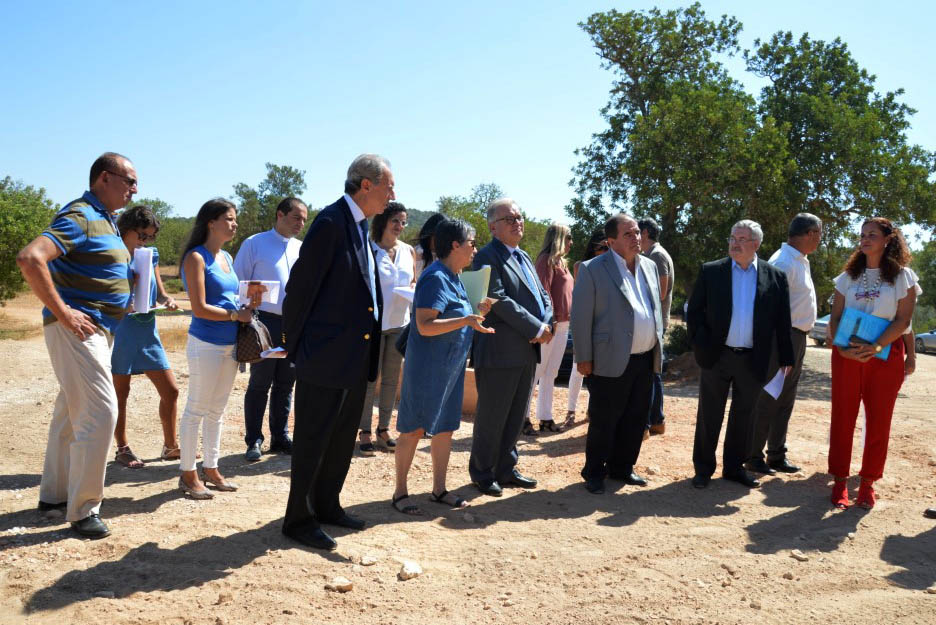
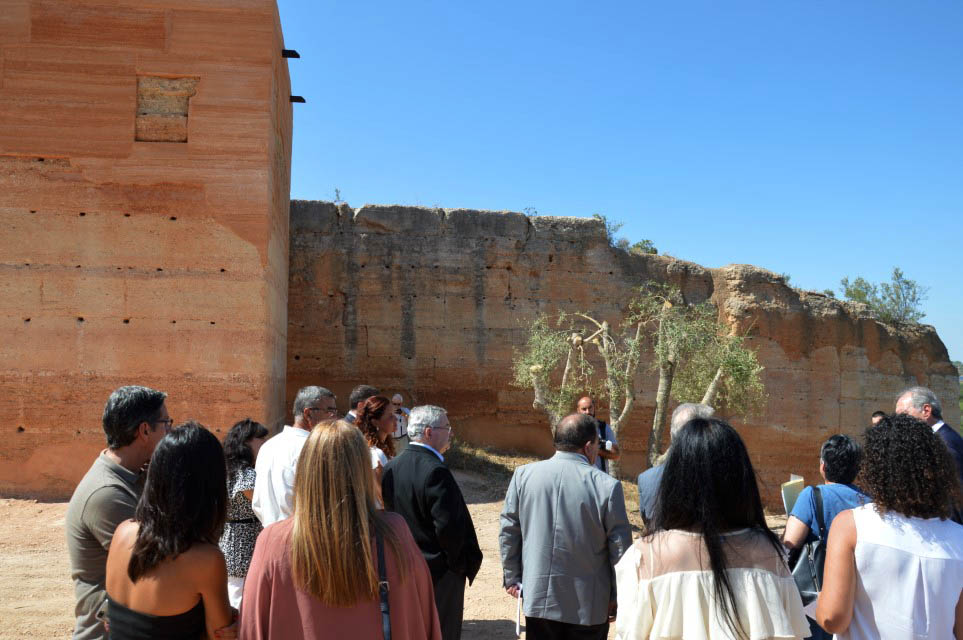
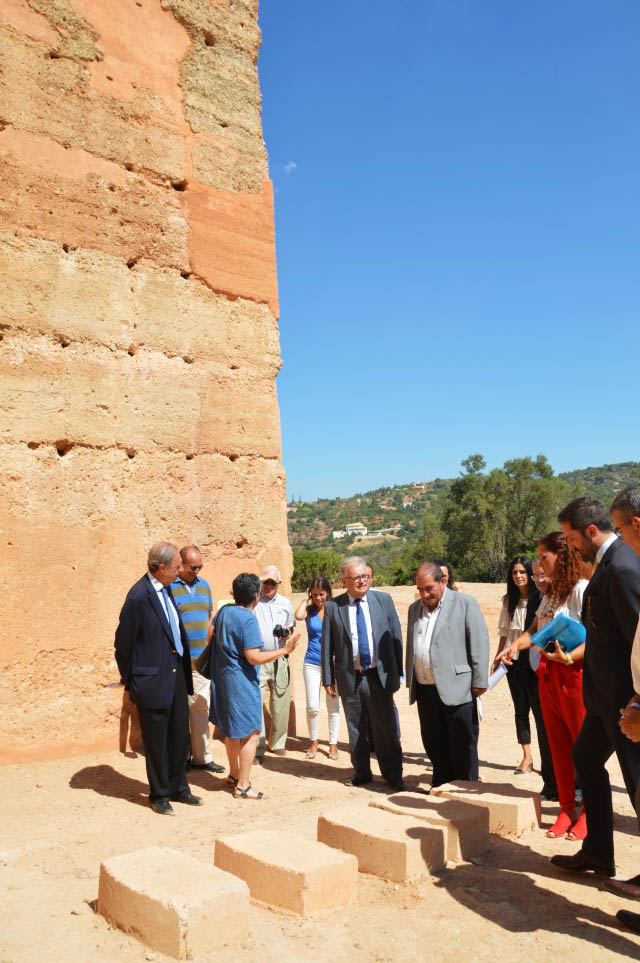
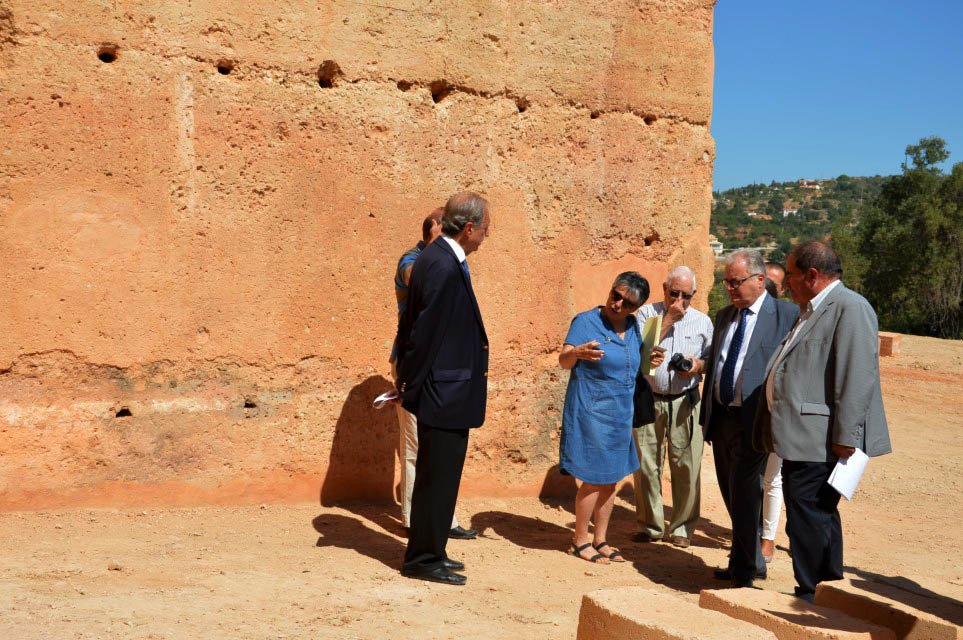
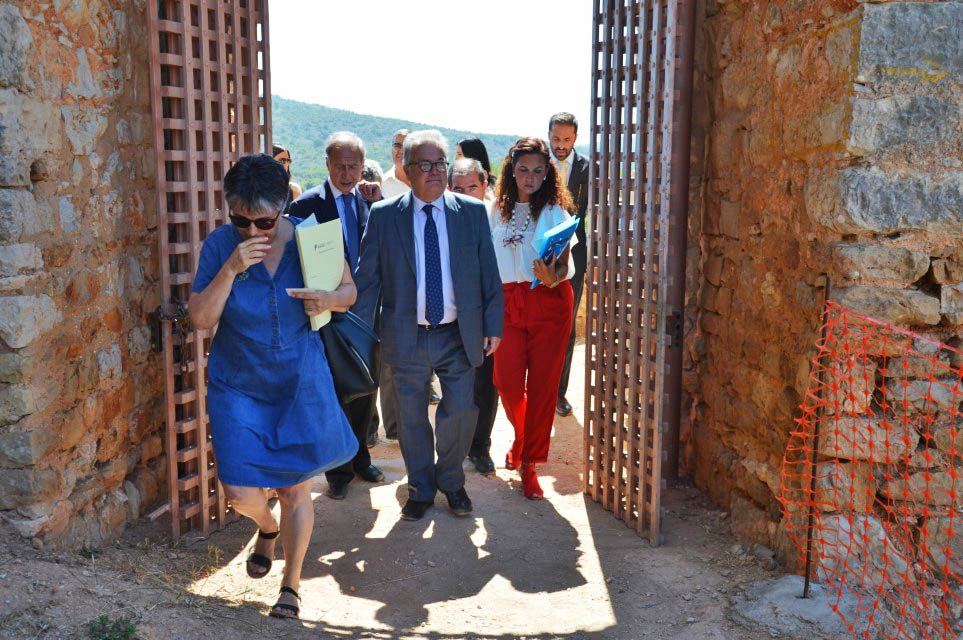
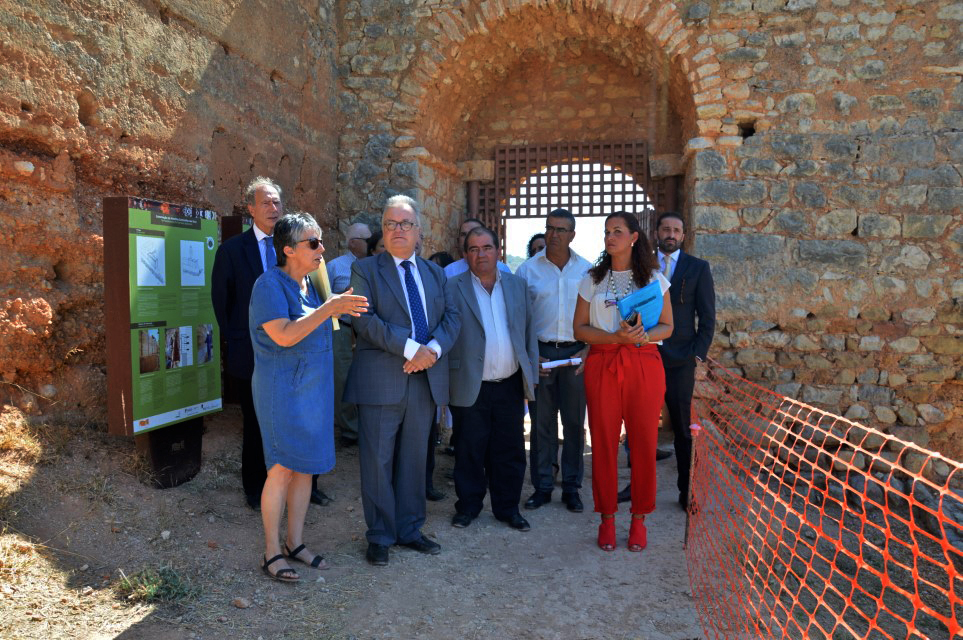
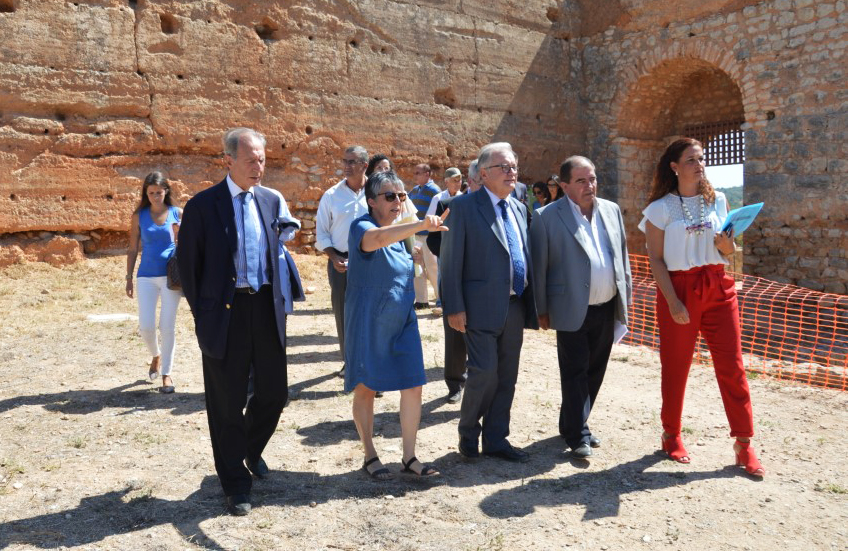
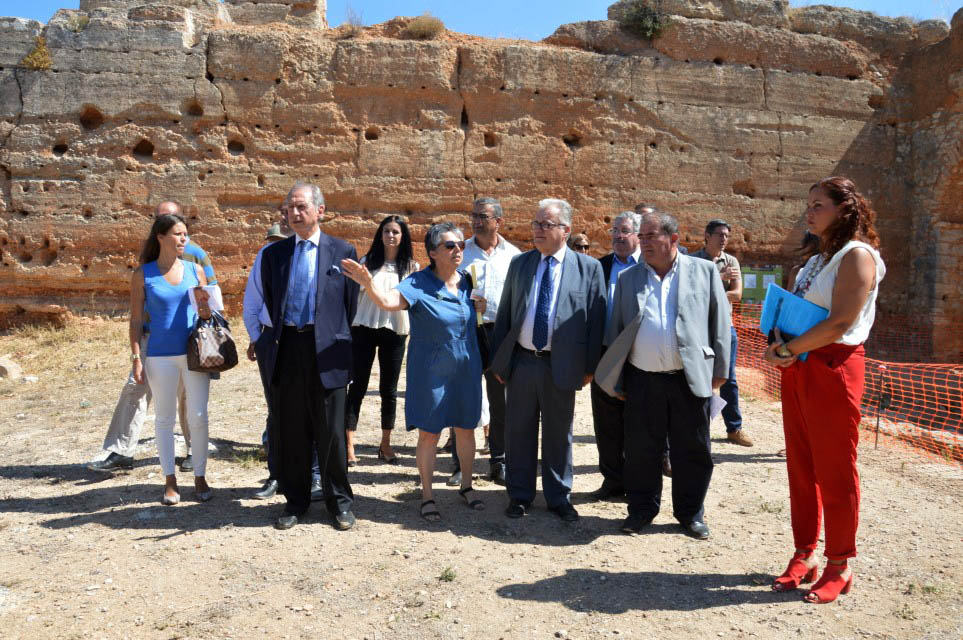
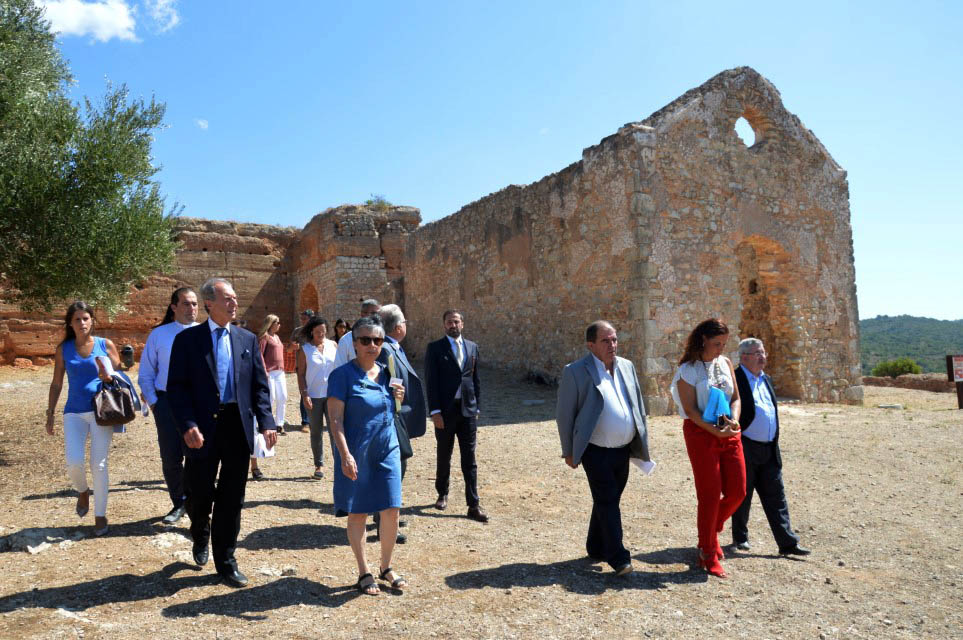
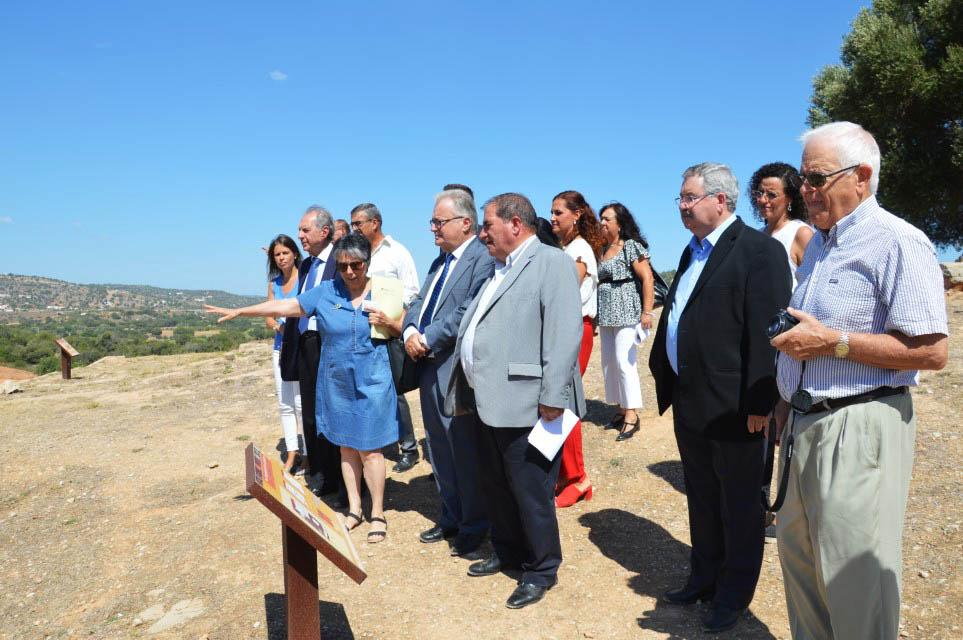
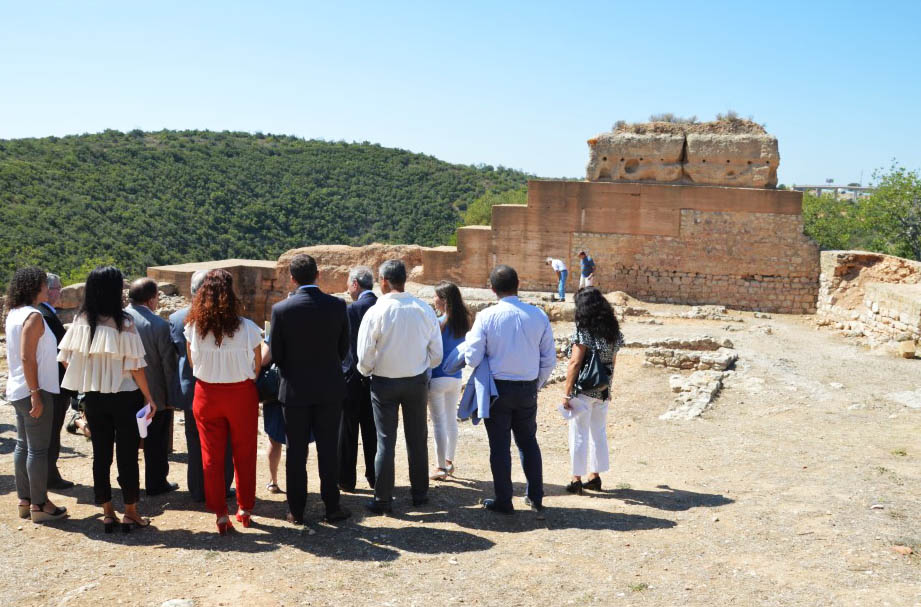
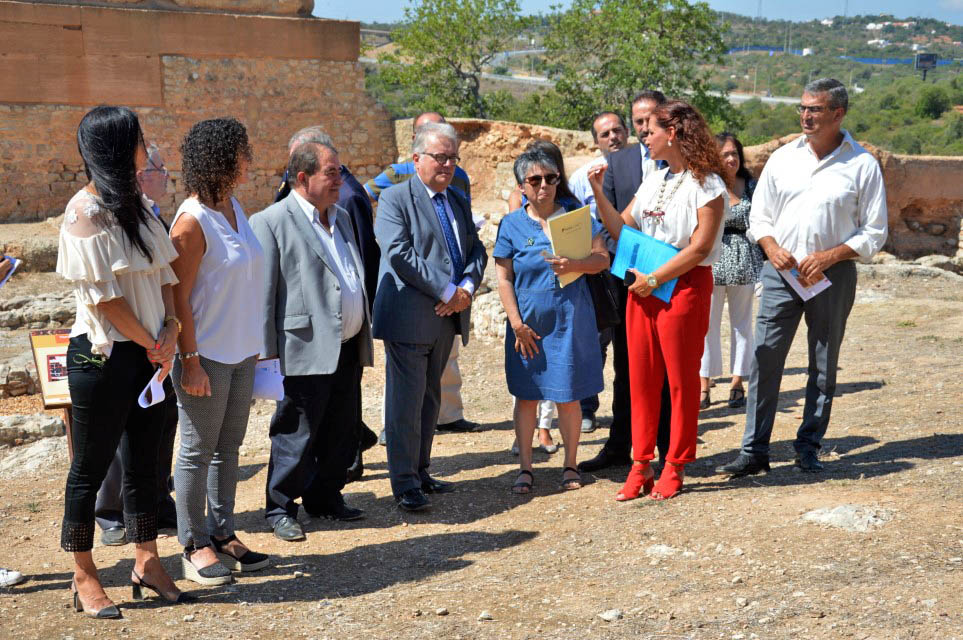
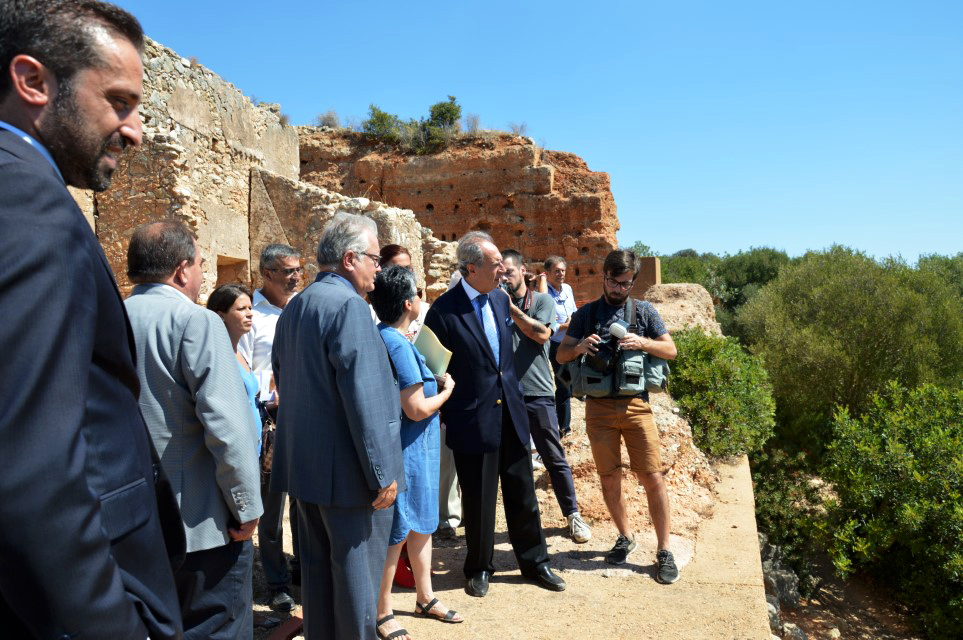
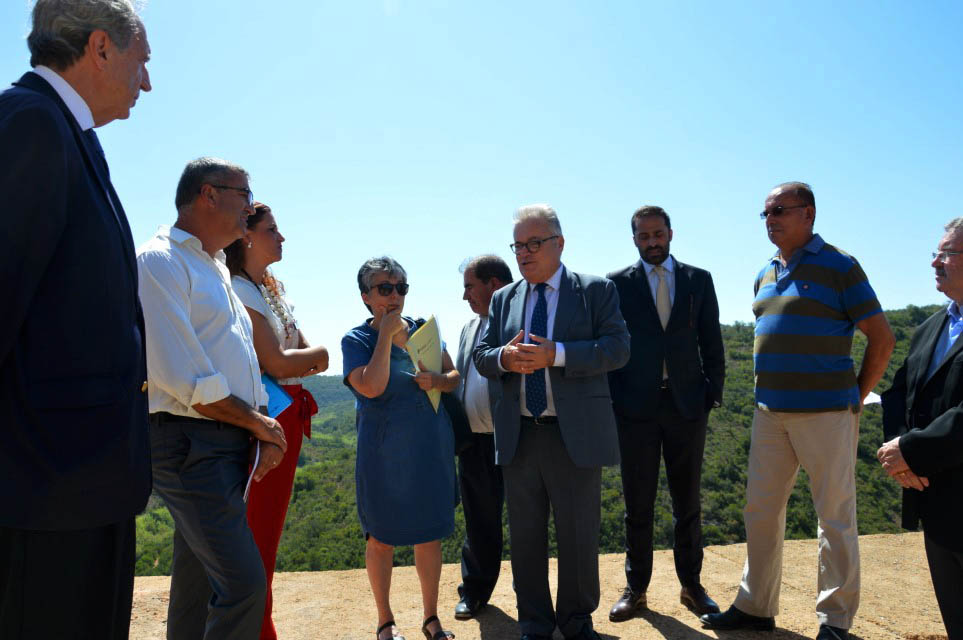
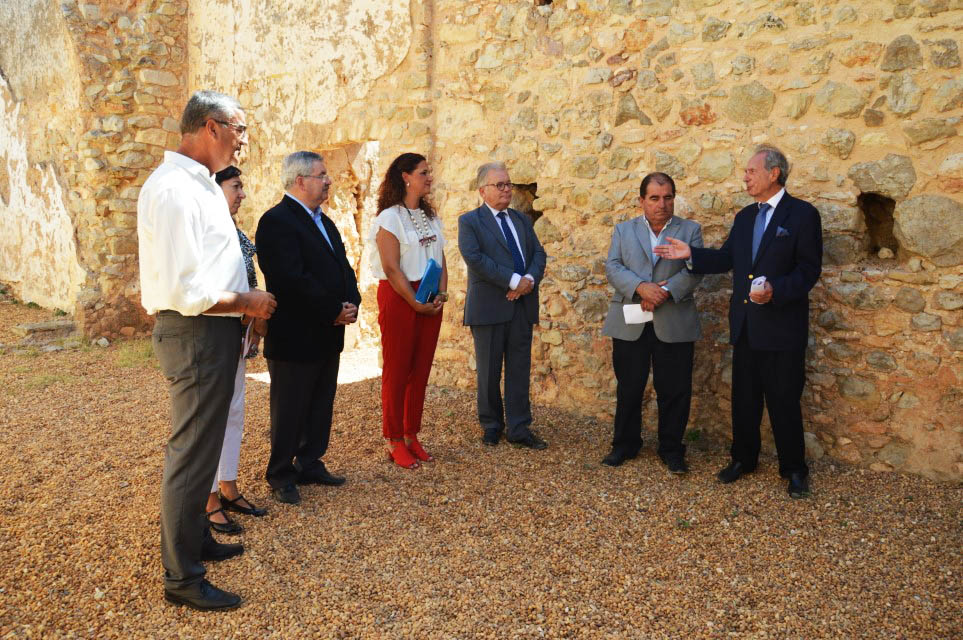
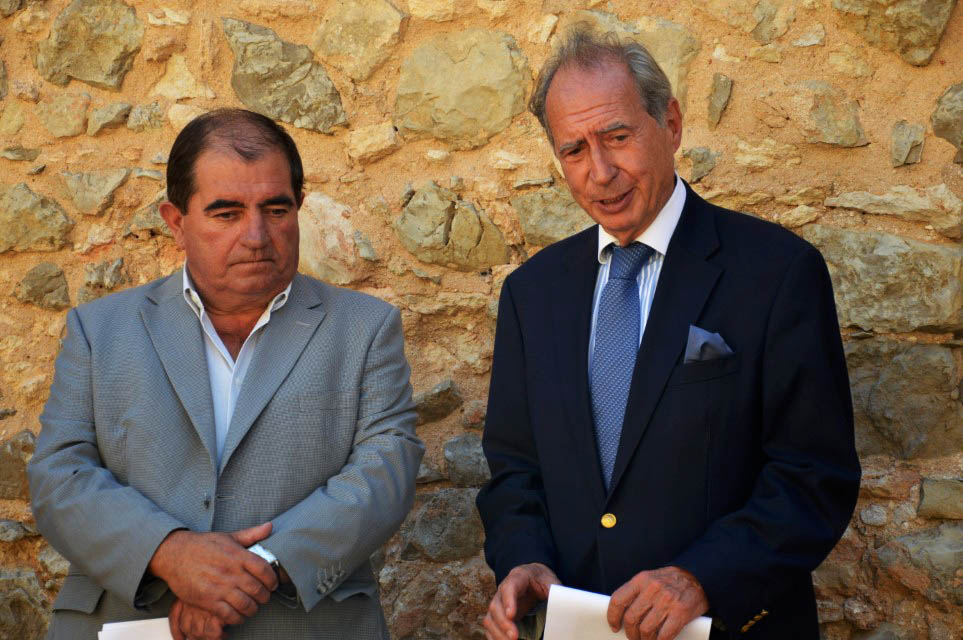
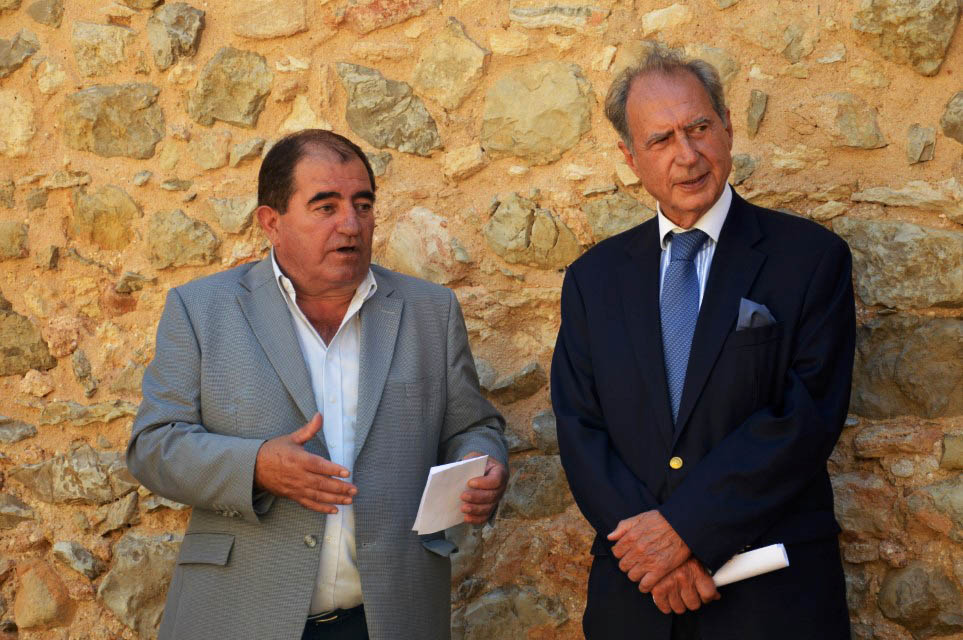
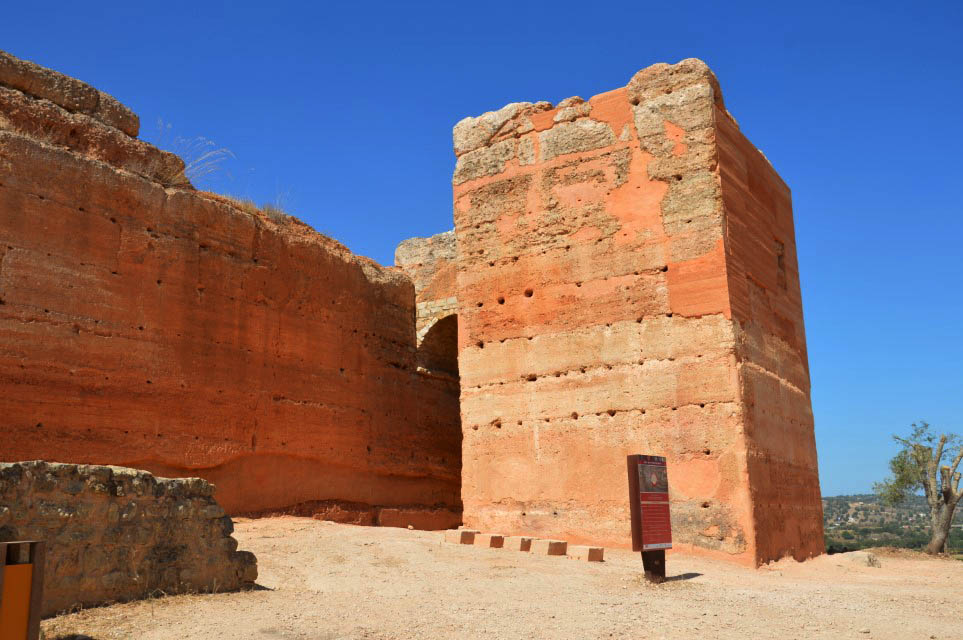
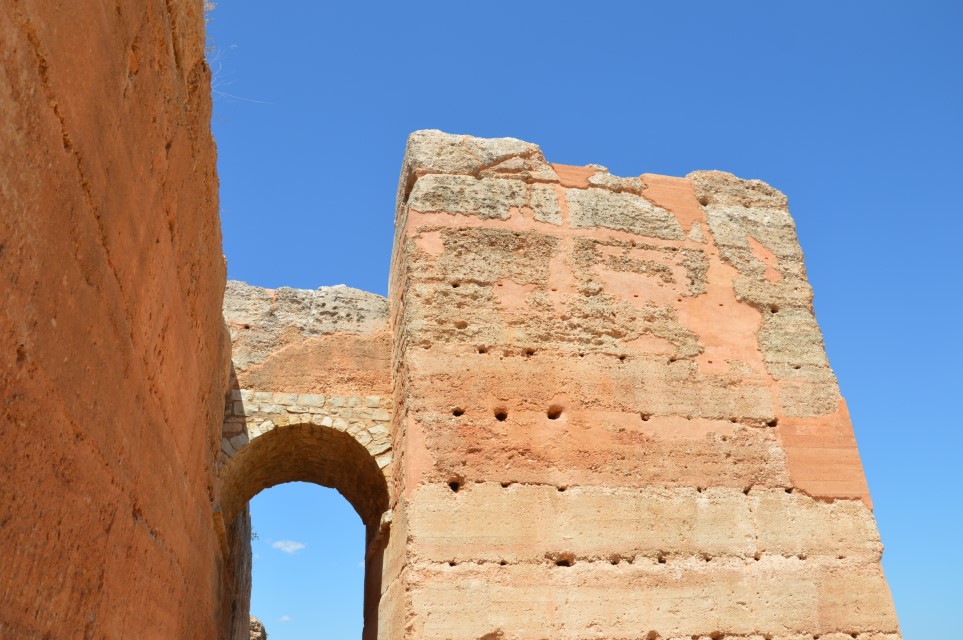
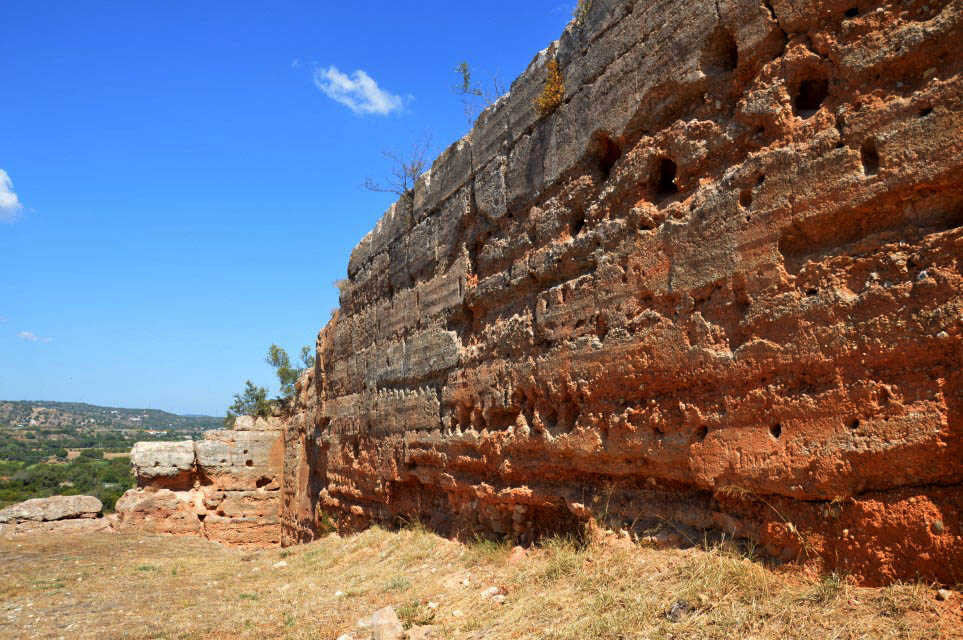
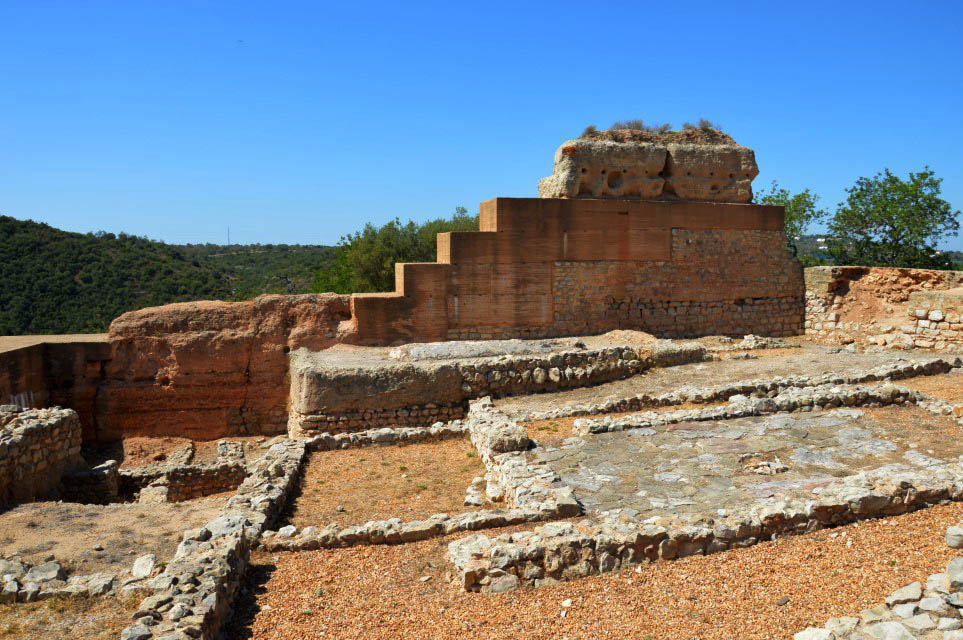


















Comments